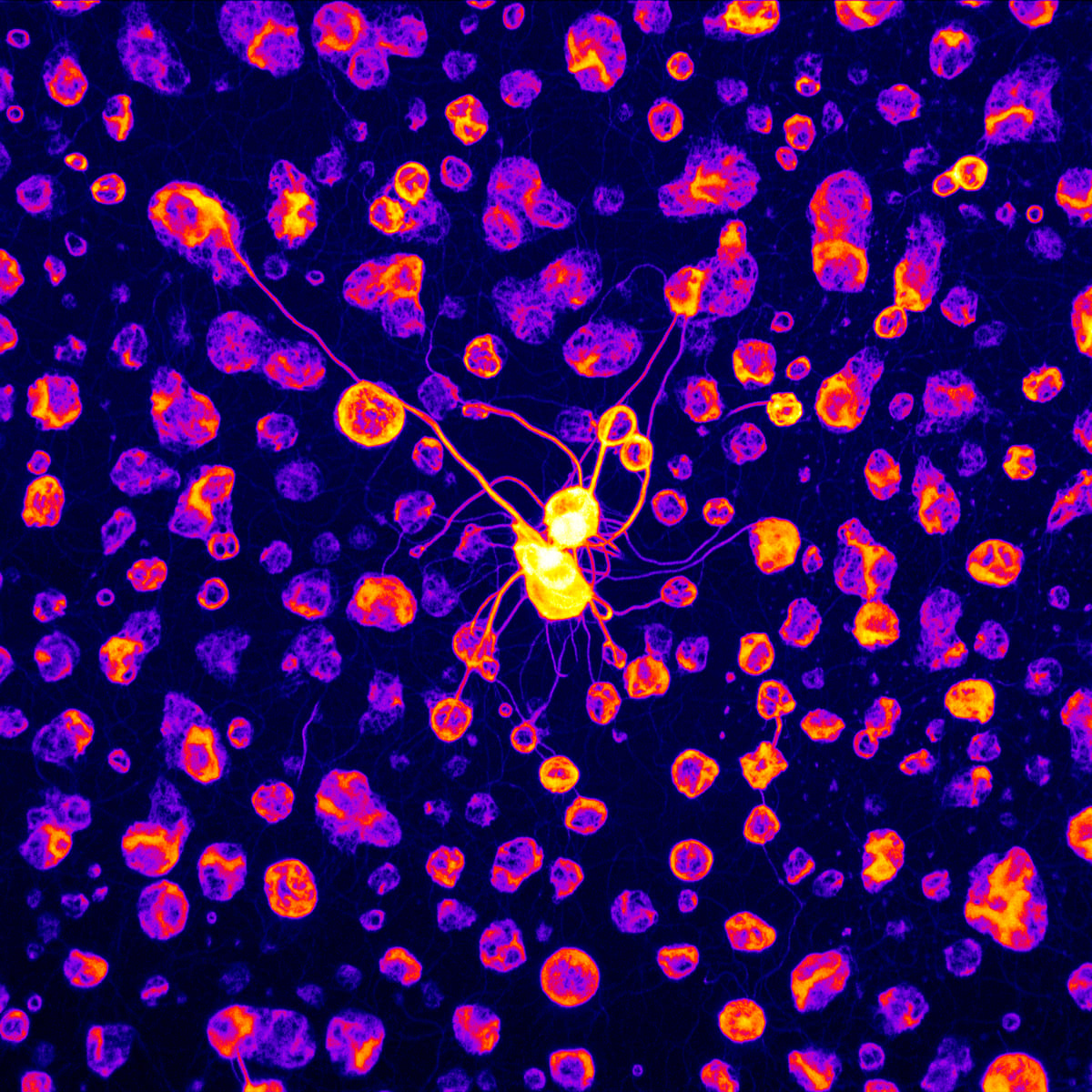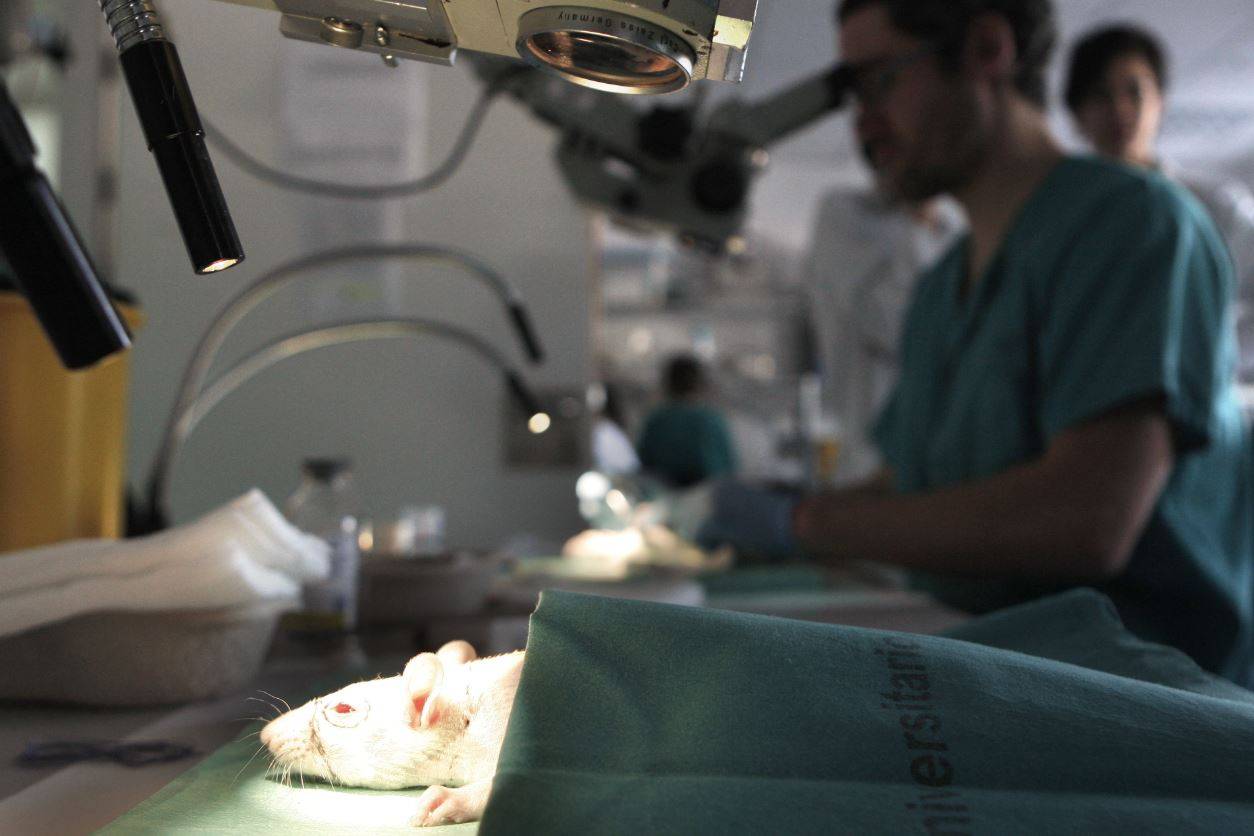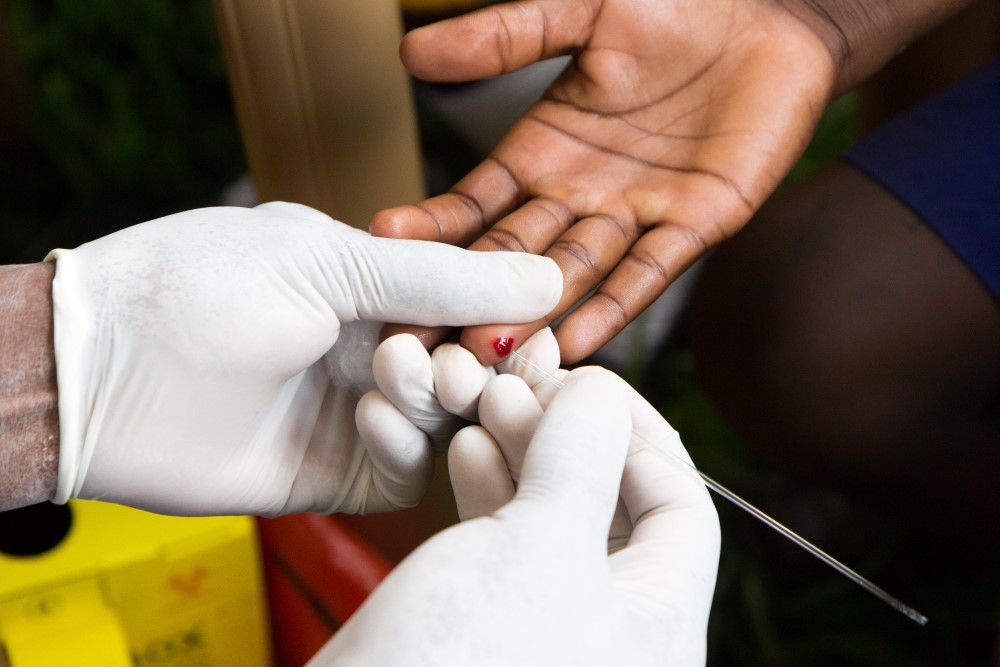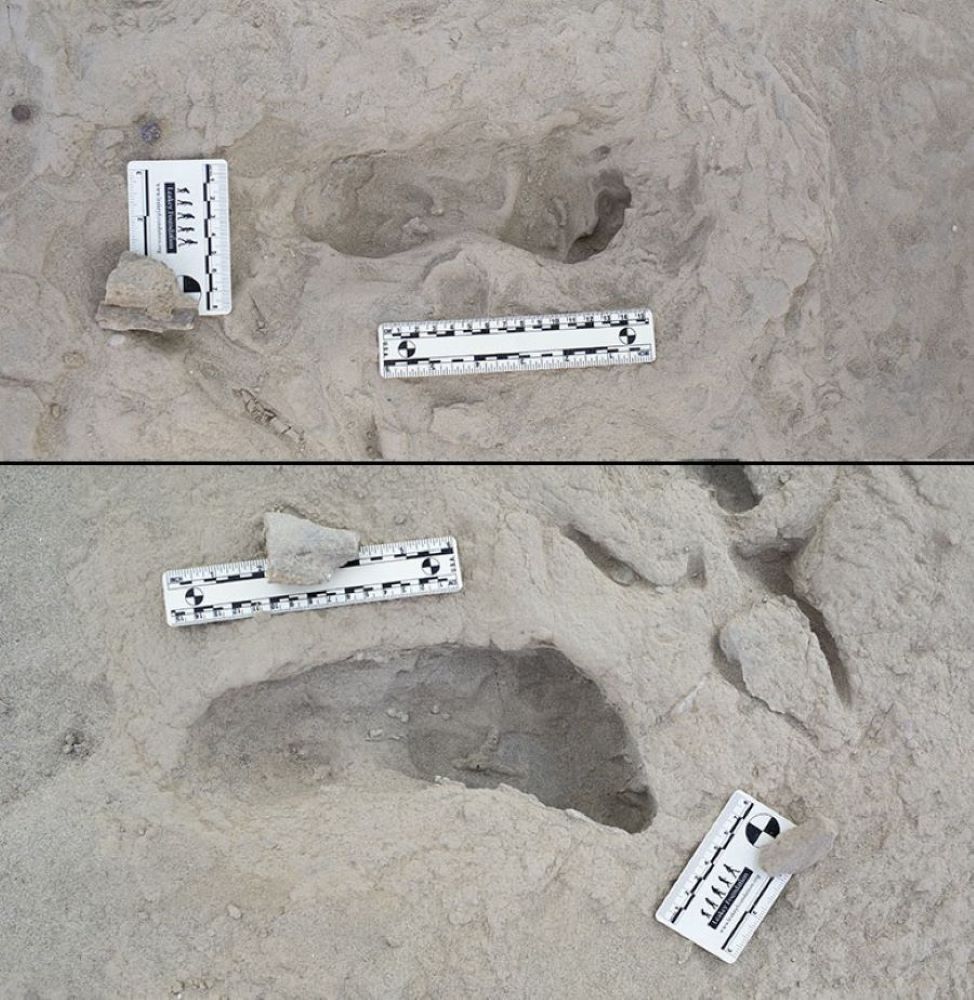Prenatal cell-free DNA testing can incidentally detect maternal cancer
Cell-free DNA (cfDNA) sequencing analysis for fetal aneuploidies - chromosomal abnormalities - can incidentally detect maternal cancer, according to a study published in NEJM. Researchers screened 107 pregnant and postpartum mothers with no symptoms of cancer, but who had received unusual clinical cfDNA sequencing results, for cancer. In this sample, cancer was present in 48% of the women.









